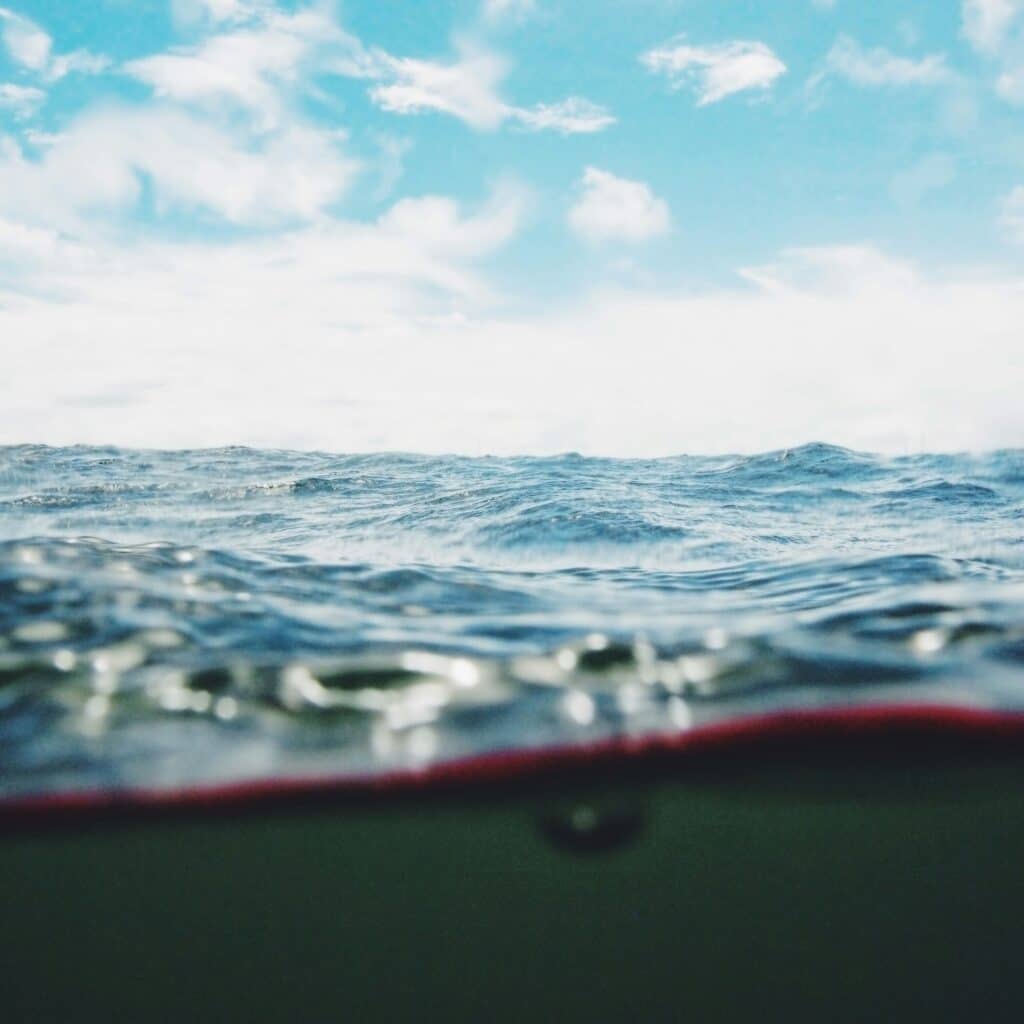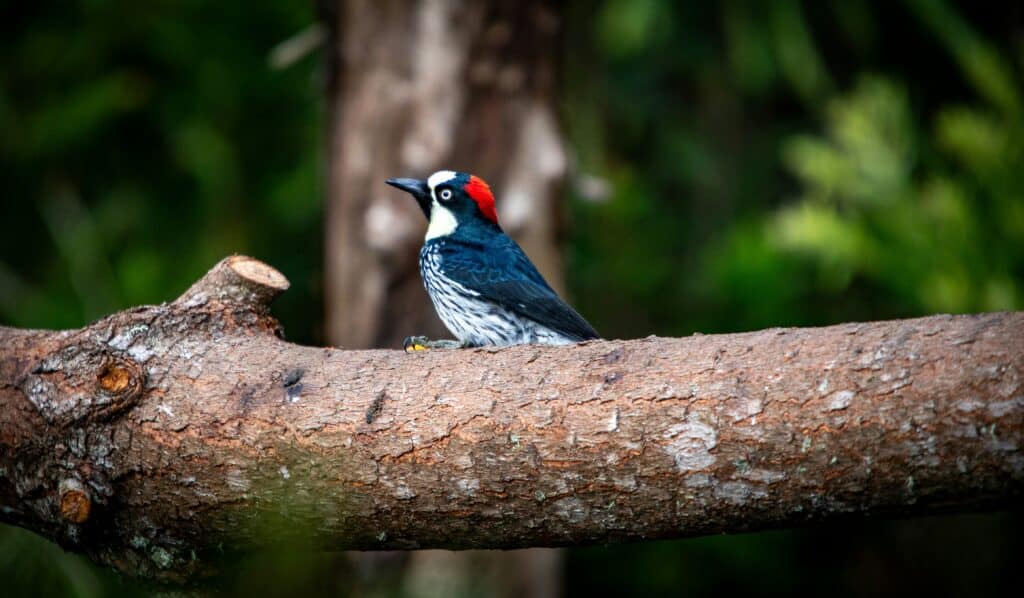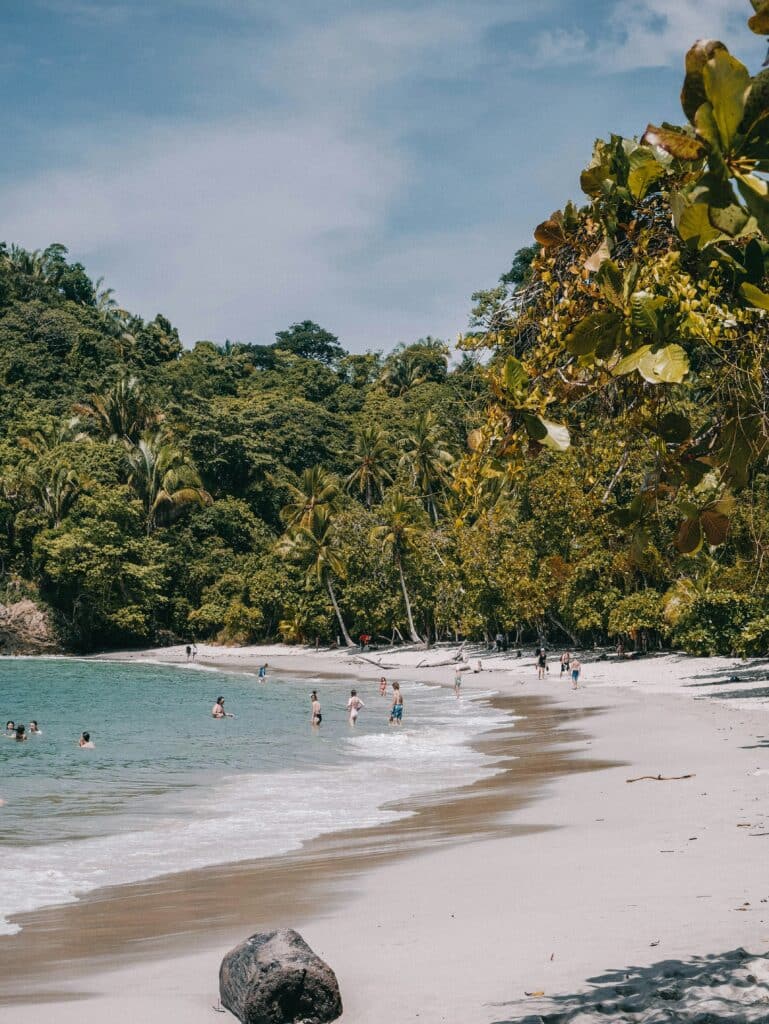Calling all bird enthusiasts! Costa Rica is a paradise for birdwatching, boasting a stunning array of unique and vibrant avian species. From the misty cloud forests to the bustling wetlands, this small Central American country is a haven for birding enthusiasts. In this article, we will take you on a virtual journey through some of the top birding spots in Costa Rica, where you can witness rare sightings, soak in breathtaking landscapes, and immerse yourself in the mesmerizing world of birds. So grab your binoculars, pack your sense of adventure, and get ready to discover the best birding spots that Costa Rica has to offer.
Carara National Park
Introduction to the Park’s Habitat
Carara National Park is a haven for birders, with its diverse and rich habitat that attracts a wide variety of bird species. Located on the Pacific Coast of Costa Rica, this park boasts a unique combination of dry and wet forests, which creates the perfect environment for both resident and migratory birds. The park covers an area of approximately 4,700 hectares and is home to over 400 bird species, making it a must-visit destination for any birding enthusiast.
Types of Birds to Look For
Carara National Park is famous for its incredible birdlife, and there are several species that you should keep an eye out for during your visit. One of the most iconic birds in the park is the scarlet macaw, known for its vibrant red, blue, and yellow feathers. Other notable species include the great tinamou, the black-hooded antshrike, and the fiery-billed aracari. With such a diverse range of habitats, you’re bound to spot an array of colorful and fascinating birds throughout the park.
Best Time to Visit for Bird Watching
The best time to visit Carara National Park for bird watching is during the dry season, which typically runs from December to April. During this time, the park is less crowded, and bird activity is at its peak. The abundant sunshine and lower rainfall make it easier to spot and photograph the various bird species in the park. However, it’s important to note that birding can be rewarding year-round, as many migratory species can be seen during the wet season from May to November.
Tips on Bird Photography in the Park
If you’re an avid bird photographer, Carara National Park provides fantastic opportunities to capture stunning images of Costa Rican birdlife. Here are a few tips to enhance your bird photography experience in the park:
- Bring a telephoto lens: To photograph birds in their natural habitat, a telephoto lens with a focal length of at least 300mm is recommended to zoom in and capture intricate details.
- Be patient and observant: Birds move quickly, so take your time to observe their behavior and anticipate their movements. This will increase your chances of capturing unique shots.
- Use natural light: Avoid using flash photography as it can startle the birds. Instead, take advantage of the park’s ample natural light and shoot during the early morning or late afternoon when lighting conditions are optimal.
- Practice ethical photography: Respect the birds’ natural habitat and keep a safe distance to avoid causing distress. Do not disturb nests or feeding grounds, and remember that capturing the perfect shot should never take priority over the well-being of the birds.
By following these tips, you’ll be able to document the breathtaking avian diversity of Carara National Park while ensuring the welfare of its feathered residents.

Santa Rosa National Park
Overview of Santa Rosa’s Diverse Ecosystems
Santa Rosa National Park, located in the province of Guanacaste, showcases a stunning variety of ecosystems. From tropical dry forests to mangroves and the coastline of the Pacific Ocean, the park offers a unique blend of habitats that attract numerous bird species. With its diverse range of environments, including both lowlands and highlands, Santa Rosa National Park provides an ideal setting for birders to explore and discover an abundance of avian life.
Commonly Spotted Bird Species
As you venture through Santa Rosa National Park, keep your eyes peeled for some of the park’s most commonly spotted bird species. The park is home to over 250 different avian species, making it an impressive destination for bird watching. Look out for the elegant roseate spoonbill, the colorful turquoise-browed motmot, and the stunning orange-fronted parakeet. With its coastal location, the park also attracts unique water birds such as the magnificent frigatebird and the black-necked stilt.
Birding Trails and Hotspots
Santa Rosa National Park offers a variety of birding trails and hotspots for visitors to fully immerse themselves in its avian splendor. One popular trail is the Sendero Potrero Grande, which winds through the dry forest and provides opportunities to spot species like the white-throated magpie-jay and the crested caracara. For those looking to explore the park’s wetland habitats, the Sendero Playa Naranjo follows a path along the stunning coast, offering breathtaking views of both birds and the ocean.
Attractions Other Than Birding
While Santa Rosa National Park is renowned for its birding opportunities, there are many other attractions to discover during your visit. The park features historical sites, including the iconic Hacienda Santa Rosa, an old farmhouse turned museum that provides insight into Costa Rica’s rich cultural heritage. Additionally, the park offers beautiful beaches perfect for sunbathing, swimming, and wildlife spotting. Don’t forget to explore the park’s hiking trails, which lead to stunning viewpoints and hidden gems throughout the diverse landscape.

La Selva Biological Station
Overview of La Selva’s Unique Ecosystem
La Selva Biological Station, located in the Caribbean lowlands, is a paradise for birders and nature lovers alike. This pristine rainforest ecosystem spans over 1,600 hectares and is part of the larger Braulio Carrillo National Park. La Selva is characterized by its dense tropical rainforest, meandering rivers, and lush vegetation, creating a haven for a remarkable diversity of bird species.
Bird Species Attracted to the Biological Station
With its lush and diverse habitat, La Selva Biological Station is one of Costa Rica’s premier birding destinations. More than 400 bird species have been recorded within the station’s boundaries, making it a hotspot for avid bird watchers. Some notable species that call La Selva home include the iconic great green macaw, the vibrant keel-billed toucan, and the strikingly beautiful white-collared manakin. The station’s thriving avian population provides an awe-inspiring experience for visitors interested in birding.
Best Times for Bird Spotting
To maximize your bird spotting opportunities at La Selva Biological Station, aim to visit during the dry season, which typically runs from December to April. During this time, there is less rainfall, and the abundant sunshine illuminates the forest, making it easier to spot and identify bird species. Mornings and late afternoons are often the best time for birding, as many species are most active during these times seeking food or engaging in mating displays. However, birding can still be rewarding year-round, as the rainforest is teeming with life and filled with beautiful choruses of birdsong.
Logistics: How to Get There, Accommodations, and Food
Reaching La Selva Biological Station requires a bit of planning. The station is located approximately 35 kilometers northeast of San Jose, the capital city of Costa Rica. Most visitors choose to rent a car or book a private transfer from San Jose to reach the station. Alternatively, there are public buses available that run from the city to Puerto Viejo de Sarapiquí, where you can arrange for transportation to the station.
La Selva Biological Station offers both dormitory-style accommodations and private rooms, providing options to suit various budgets and preferences. The station’s dining facilities offer delicious and nutritious meals, taking into account dietary restrictions and preferences when requested in advance. It’s important to note that due to the station’s remote location, it is advisable to stock up on any additional supplies or snacks before arriving.
With easy access to the rainforest trails and an abundance of wildlife, La Selva Biological Station offers a unique and immersive birding experience in one of Costa Rica’s most pristine environments.








0 Comments